If you’re suffering from scoliosis certain yoga poses and a particularly mindful practice can help to strengthen your back and improve your condition. However, before you do any exercise, you should consult your physical therapist or doctor about your limitations and abilities.
To get the most out of your yoga routine, you should focus on these following tips to individualize your practice so you can better your day-to-day life & the longevity of your spine to avoid a possible costly surgery. In this blog I’ll cover:
- What Is Scoliosis?
- Types of Curves of Scoliosis
- Can Yoga Fix Scoliosis?
- Introducing Yoga to Scoliosis
- How to Navigate Your Yoga Practice
- Follow-Along Yoga for Scoliosis
What Is Scoliosis?
Scoliosis refers to the sideways curvature of the spine. A healthy spine has some kyphosis and lordosis, the outward and inward curvature of the spine, but shouldn’t have any side-ways curvature. Looked upon directly from the front or back a spine from neck to tailbone should appear mostly straight.
There are two major types of scoliosis – nonstructural & structural. The focus of this blog is on the latter.
- Nonstructural Scoliosis – results from a temporary cause and usually only involves side-to-side curvature of the spine (no rotation)
- Structural Scoliosis – involves rotation of the spine along with side-to-side curvature of the spine. This type of scoliosis affects the spinal structure and is oftentimes permanent
Most structural scoliosis has no clear cause and often appears before puberty, but adult scoliosis (degenerative scoliosis) can occur as the joints in the spine degenerate.
Most structural scoliosis can usually be treated with non-surgical methods such as bracings & exercises, but in more severe cases surgical procedures might be required.
Types of Curves of Scoliosis
The most common type of scoliosis curvature is dextroscoliosis where the spine curves to the right, resulting in a “C-curve”. This most often occurs at the thoracic spine but can also occur at the lumbar spine.
If the spine curves to the left then this is referred to as levoscoliosis. This most commonly occurs at the lumbar spine.
Sometimes people develop both dextroscoliosis (right curve) and levoscoliosis (left curve), causing the spine to form an “S-Curve”.
This often occurs because the spine tries to compensate for the original curvature, thus bending and rotating another section of the spine to attempt to level itself. One curve is often larger. This is the primary curve, and that is where you want to focus the majority of your practice on.
Can Yoga Fix Scoliosis?
Yoga can’t correct structural scoliosis, but it can help to prevent it from getting worse and minimizing its noticeable symptoms. In fact, many people notice that a regular yoga practice helps them feel less stiff and relieves pain.
But why yoga and not other exercises?
Yoga unlike other forms of exercise is low-impact, non-weight bearing, and focuses on bringing awareness to the body through poses that train both strength and flexibility. For those with scoliosis, yoga’s dual focus on strength and flexibility builds a strong and mobile spine that is essential to preventing further damage and minimizing your noticeable symptoms.
What exercises are bad for scoliosis?
Weight-bearing exercises such as weighted squats, deadlifts, overhead presses, and other traditional weight training exercises can worsen your scoliosis and flare up your symptoms. The added weight puts an unneeded strain on the curves of your spine, so it’s best to stick away from pumping that iron.
Introducing Yoga to Scoliosis
Before starting any extensive exercise or yoga practice, you should first consult a medical professional. During your visit, it’s paramount that you learn as much as you can about your curve pattern, including the location of curves and the rotation of your spine.
Along with that, you should work with your medical professional to figure out which adjustments bring your spine closest to neutral. This can include what you need to do to even out your hips, shoulders, and head.
You can use these important pieces of information and apply them to your yoga practice to most effectively target your scoliosis.
How to Navigate Your Yoga Practice
Be Communicative
If you’re going to a studio class, you should ALWAYS let the instructor know of your limitations, so they don’t unknowingly urge you deeper into a pose that you can’t safely go into.
Yoga instructors may be able to guide you through proper muscle engagement and form. However, significant adjustments and hands-on adjustments should usually be avoided.
If you’re following along to online programs, be aware of your limitations and remember to only do the poses safe for you. You can even practice a pose longer if the following pose is unsafe for you, allowing you more time to work on your weaknesses.
Notice Your Imbalances & Focus Your Efforts Asymmetrically
Everyone has weaknesses from having a weaker arm or a weaker leg, but practicing with scoliosis takes a little bit more mindfulness to identify your weakness in every pose.
The curvature of your spine results in an asymmetry of the surrounding muscles. The concave side of your curve is usually tighter, while the convex side is weaker.
Depending on the severity of your C-curve or S-curve, you’ll notice one side is significantly harder to engage and hold. This is the side you should focus on, but this doesn’t mean skipping the strong side, which can cause other muscular imbalances.
For example, side planks and side bends are crucial and essential exercises for those with scoliosis, but only focusing on your weaker convex side will result in further muscle imbalances down the road.
The recommended way to asymmetrically focus your efforts is to hold a unilateral pose on the weaker side longer comparatively to your stronger side (70 – 30 split).
For example, if you’re following along to a program and the instructor says, “we’re going to hold this pose for 5 breaths”, know that in total both sides of the pose will take 10 breaths and hold your weaker side for 7 breaths and your stronger side for 3 breaths. (Yes, you count yoga poses with breaths)
Mirrors Are Great Tools
Introducing a mirror in your yoga practice can help you become more self-aware of your posture and guide you in making the correct modifications for a neutral spine.
For those with scoliosis creating a neutral spine can be difficult. You should first aim for spinal length and elongate your body to the ceiling. Afterward, look in the mirror and notice the position of your hips and shoulders.
Rotate, side bend, and move your body to level out your shoulders and hips – achieving a neutral spine.
Remember this position moving forward into your yoga practice. The mirror can also help with body awareness and body position through hard poses such as airplane, warrior 2, or other poses that require a lot of awareness.
Note: If you don’t have a mirror, recording yourself with a phone or camera is also a great way to reaffirm your body position through poses.
Focus on The Muscles of Your Core
Your core is an important interconnect system of muscles that holds your spine and hips in correct alignment. However, for those with scoliosis, certain muscles along the spine are considerably weaker, including the erector spinae and multifidus (the muscles supporting the spine and the muscles interlaced between each vertebrate).
That’s why challenging yourself with neutral spinal poses are imperative for developing better spinal health for those with scoliosis. Core exercises are proven to be an effective tool for managing scoliosis, but this also includes lateral movement – including incorporating side bends to stretch the concaving side of your spine.
Follow-Along Yoga for Scoliosis
These are some great exercises for strengthening and stretching the curves of your spine, but you should focus on the tips for each pose to individualize it to your scoliosis. See you on the workout!
Additional Resources
About the author, Dean Pohlman, Founder & CEO of Man Flow Yoga, Author of Yoga Fitness for Men, Expert on Yoga Fitness for Men.
Looking for non-spiritual, yoga for men workouts?
Learn More About Man Flow Yoga and how it can help you with your fitness goals:
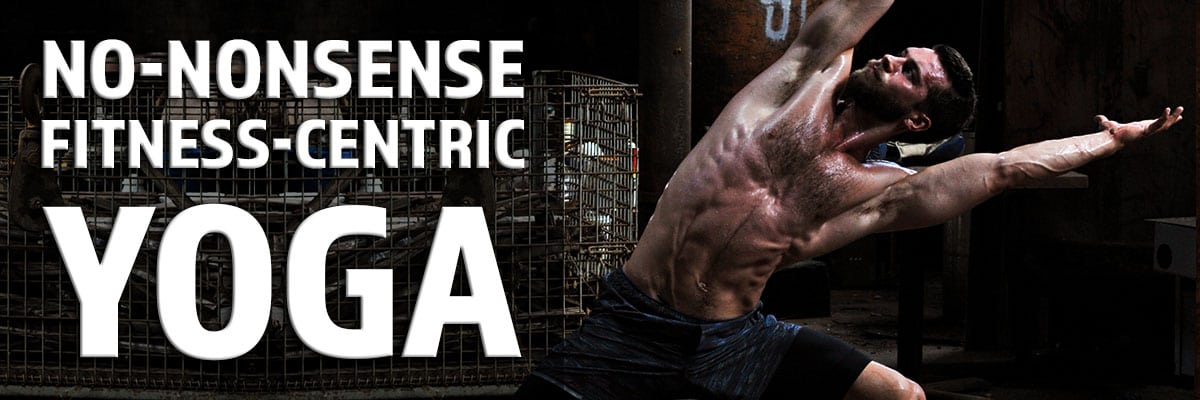 Join Today for Instant Access!
Join Today for Instant Access!
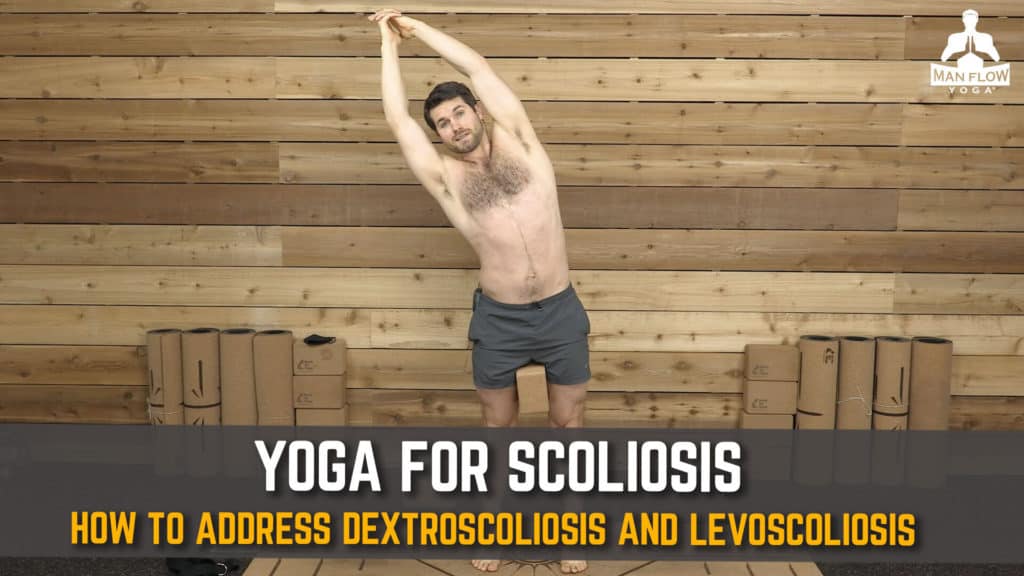
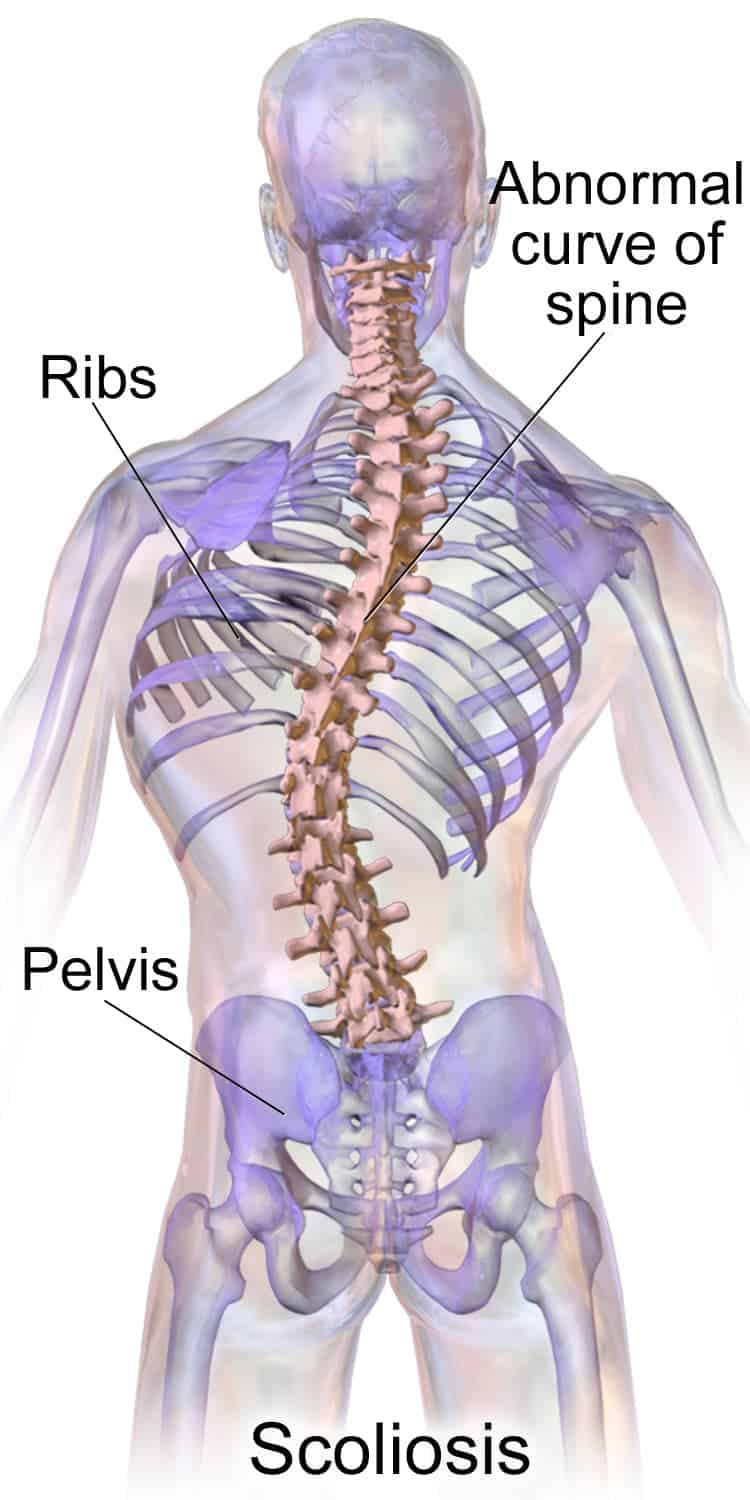
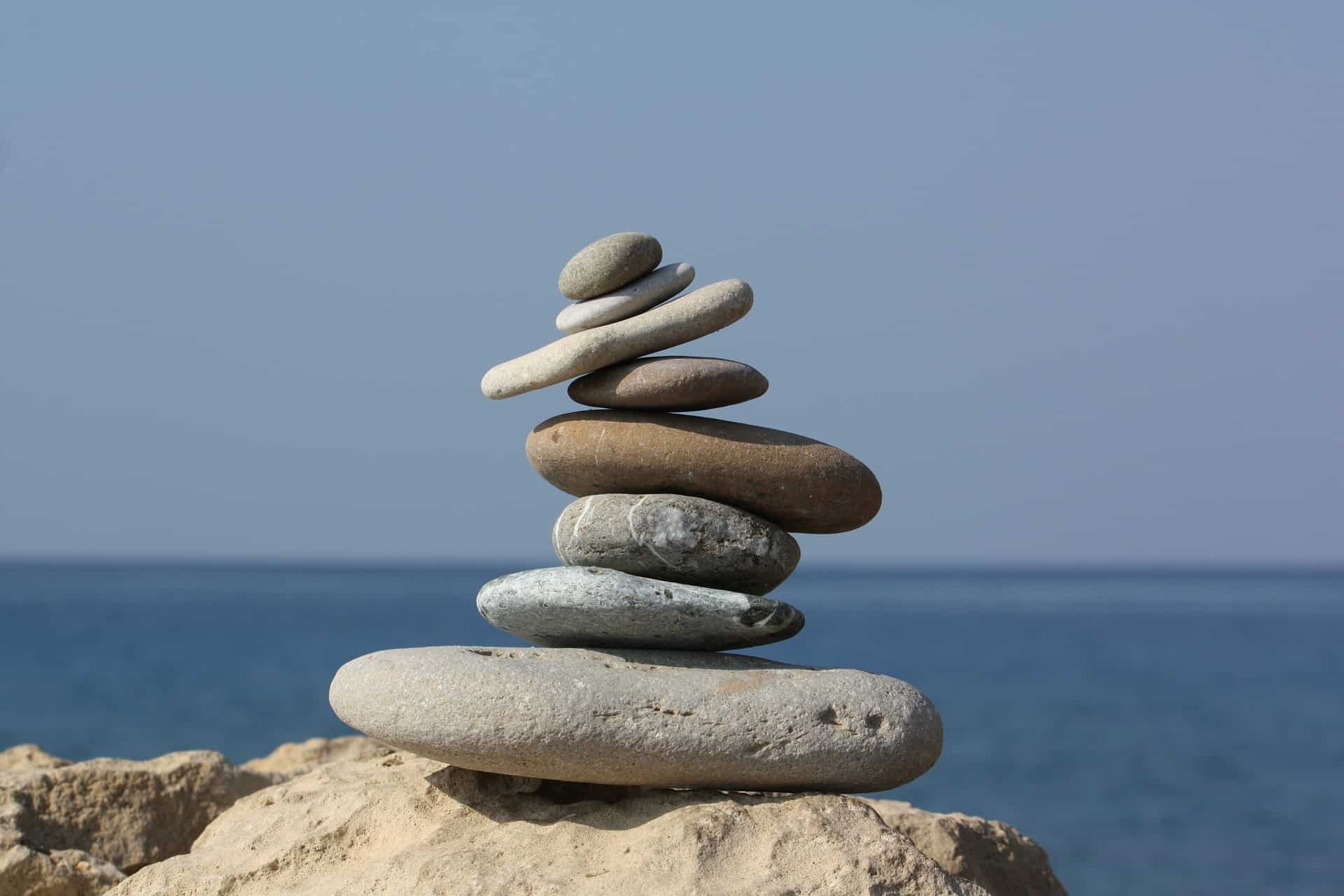

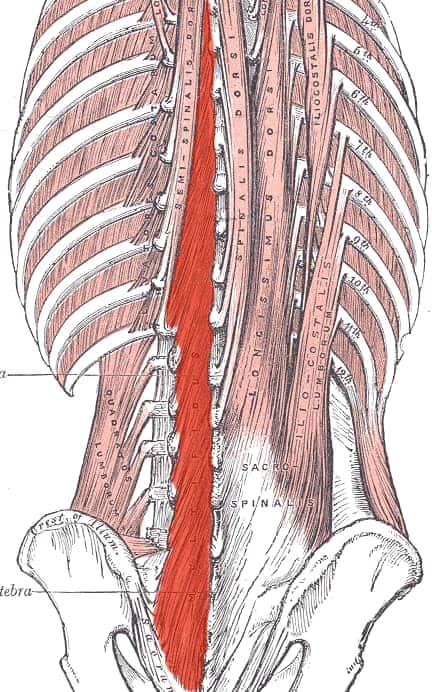


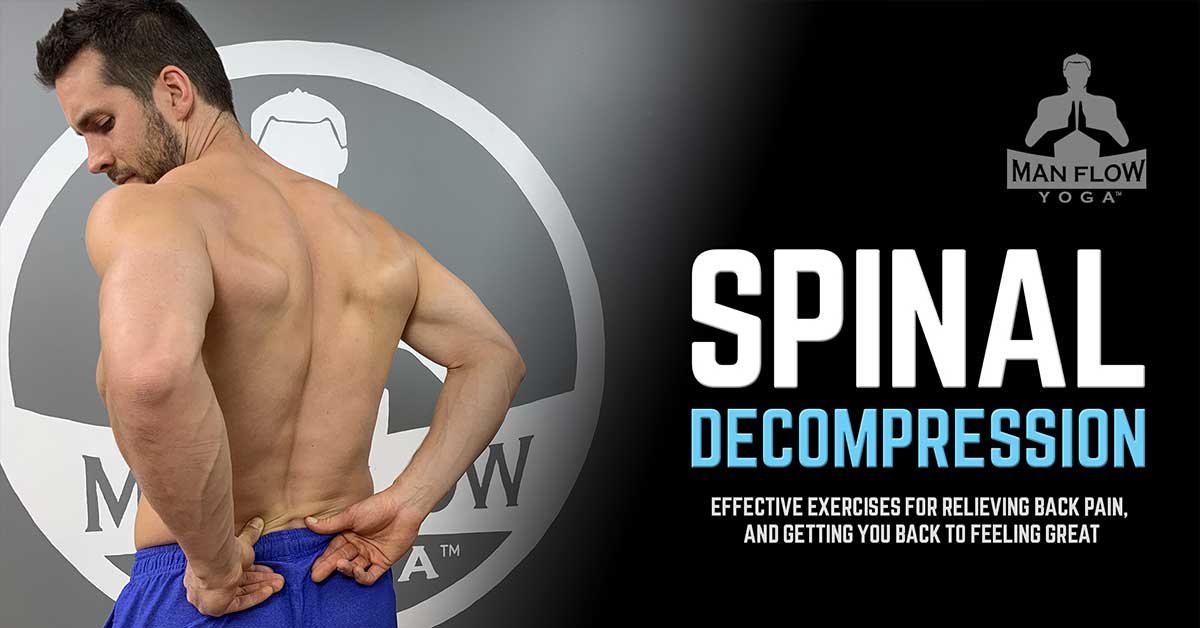
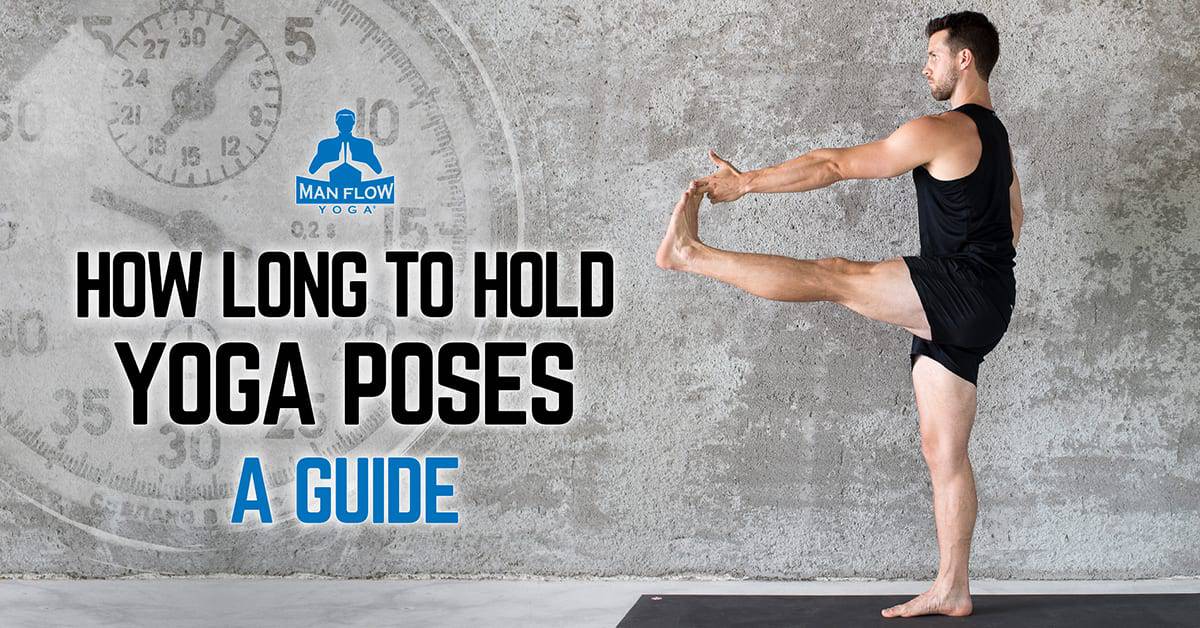
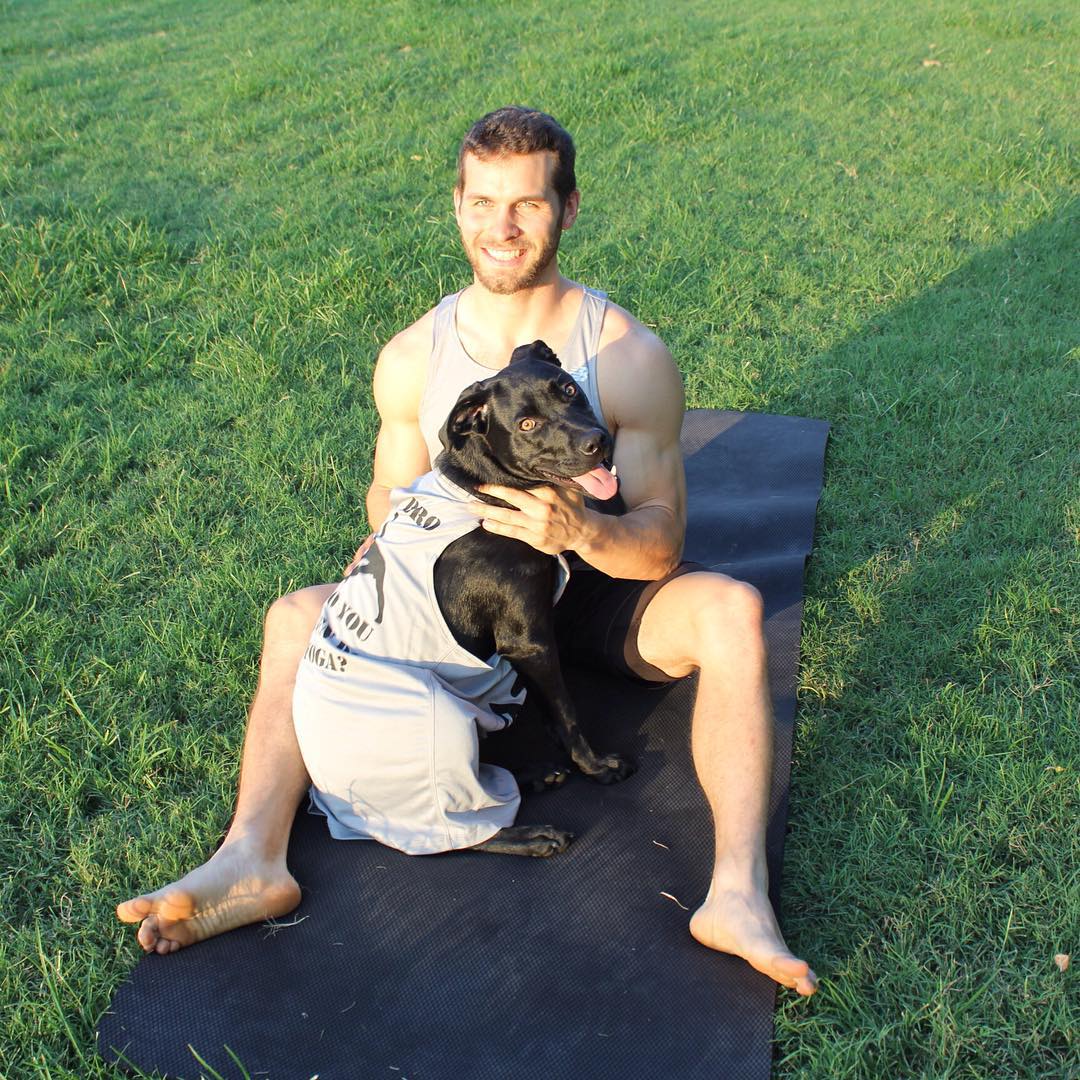
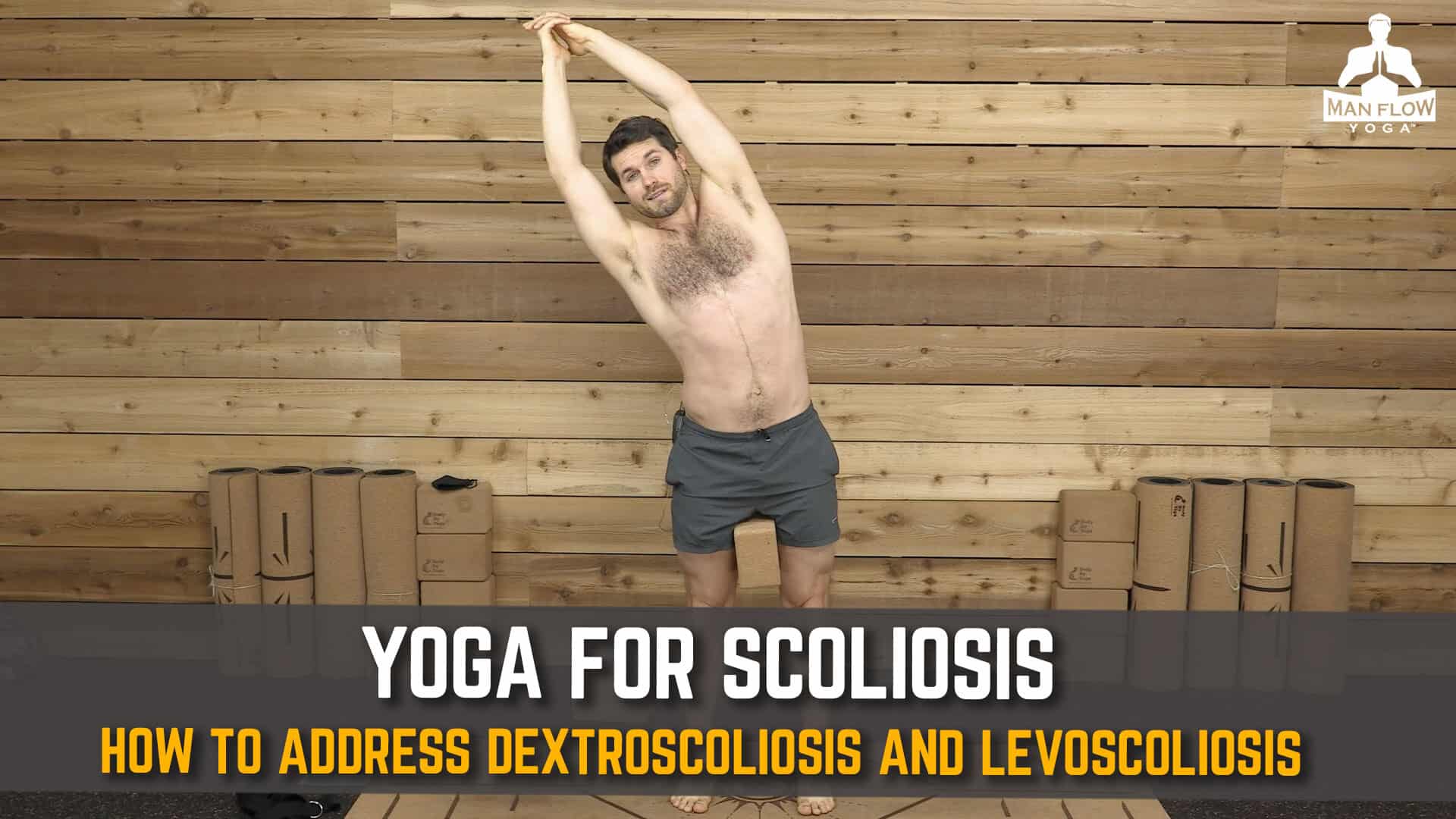
Hi I have a male friend that suffers from stiff back due to scoliosis, is there a CD or series of videos available for purchase?
Our Bulletproof Your Back Program would be great for your friend. It’s not specifically for scoliosis but instead overall back health:
https://manflowyoga.com/training/bulletproof-your-back/
It’s also accessible with a subscription to our Member’s Area. We have hundreds of workouts and dozens of other programs:
https://manflowyoga.com/seven-day-trial/choose/
A 7 day trial is only $1.